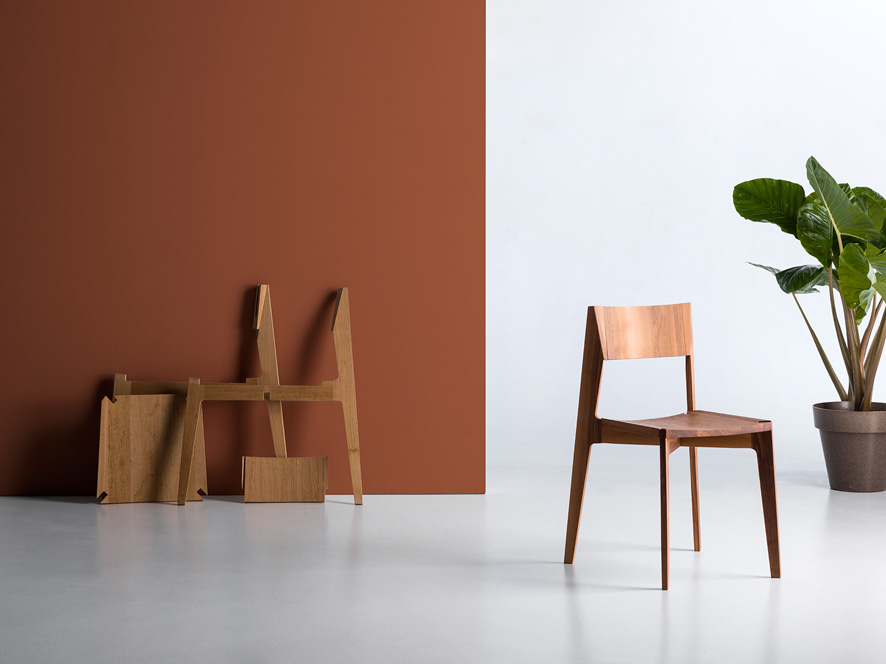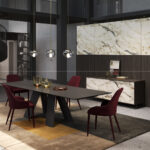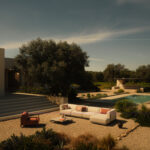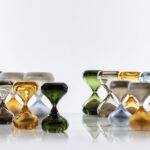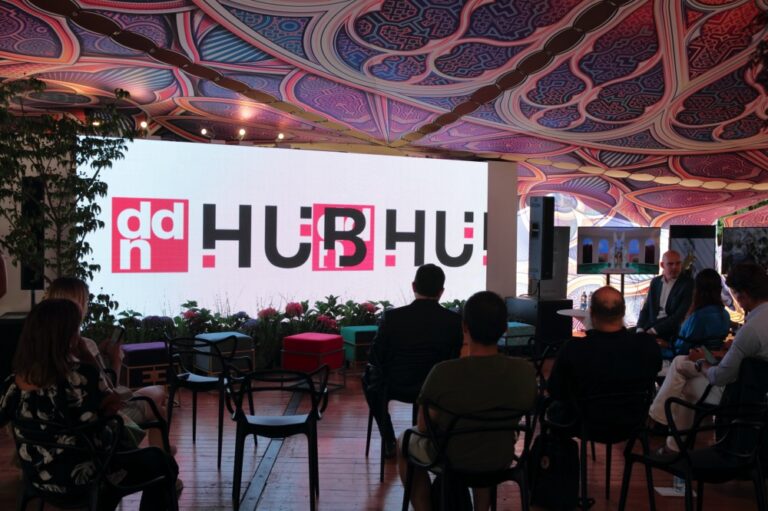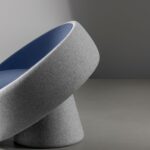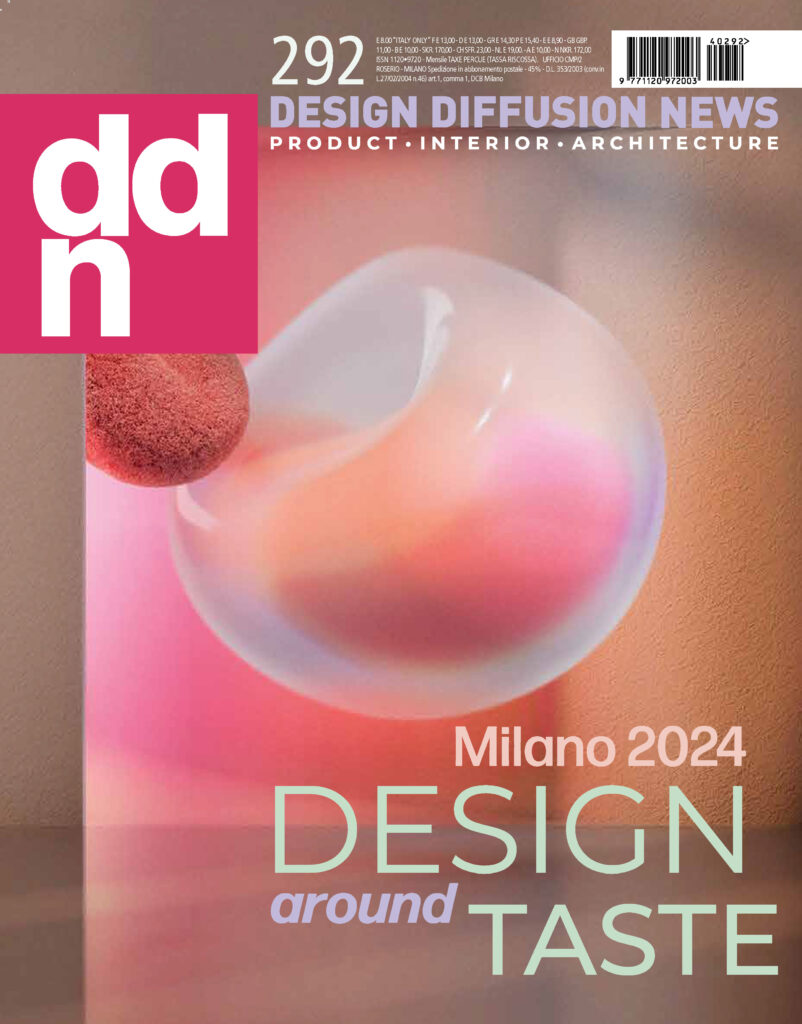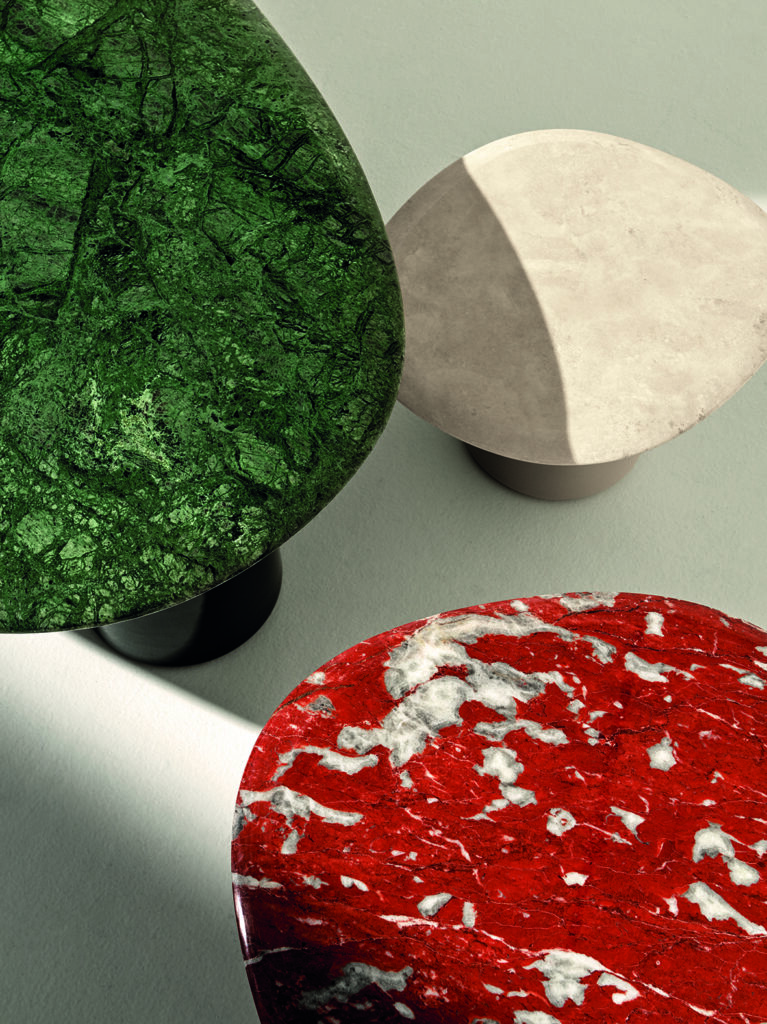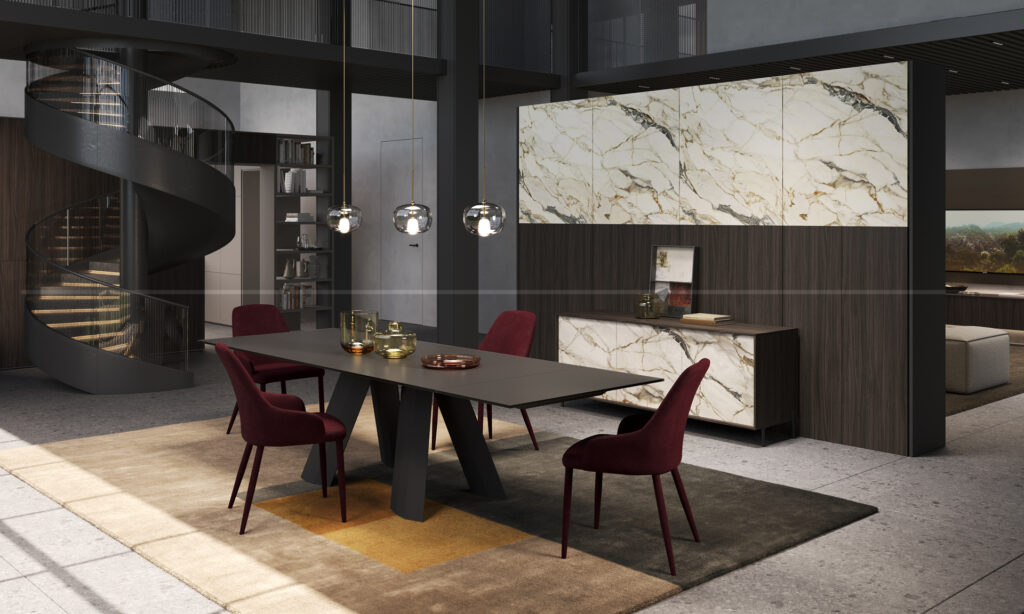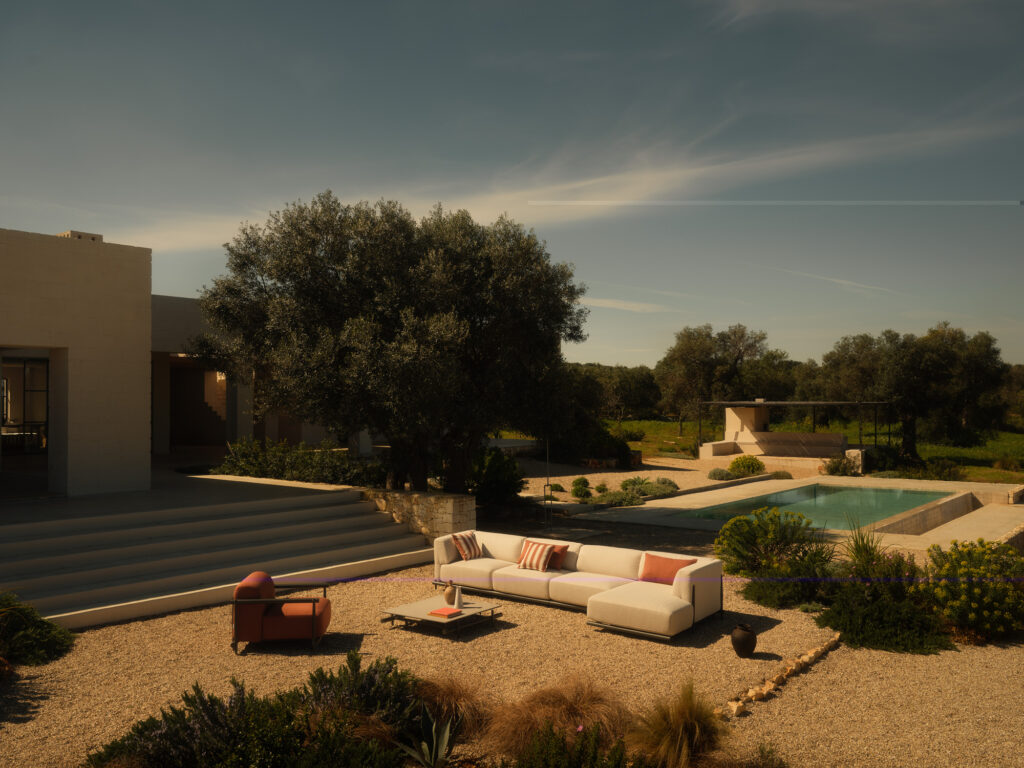To Re or not to Re, curated by JVLT, is a project for recycling post-consumer plastic, and is the starting point for a broader conversation on the meaning of design in our time, with Andrea Maragno, founder of JoeVelluto with Sonia Tasca.
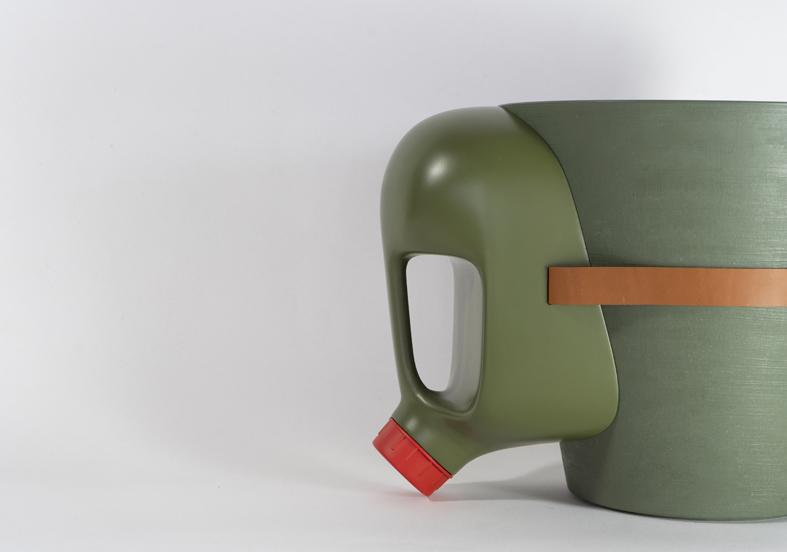
The To Re or not to Re project took part in the RO Plastic Prize, organized by Rossana Orlandi as part of the Guiltless Plastic initiative, which provided plenty of food for thought on plastic today, its use, disposal and recycling.
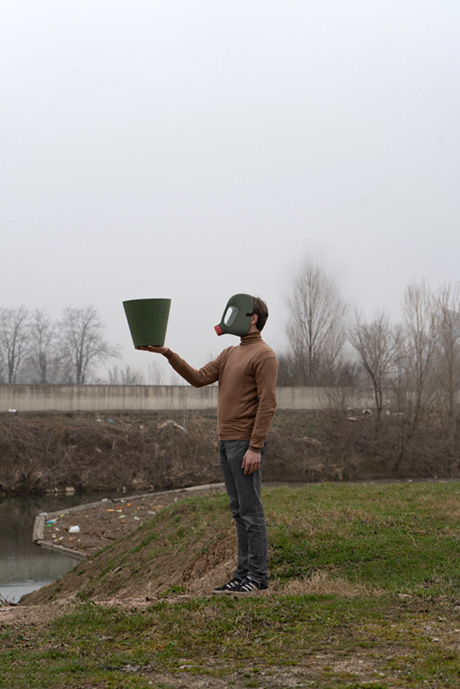
Created together with Teraplast, To re or not to Re uses RE-POT vases, produced by recycling post-consumer materials. “Plastic and its recycling is a matter that must be addressed, there is no doubt about that. However, the disposal of objects and materials is only a small part of the issues that a designer has to deal with today, explains Andrea Maragno.
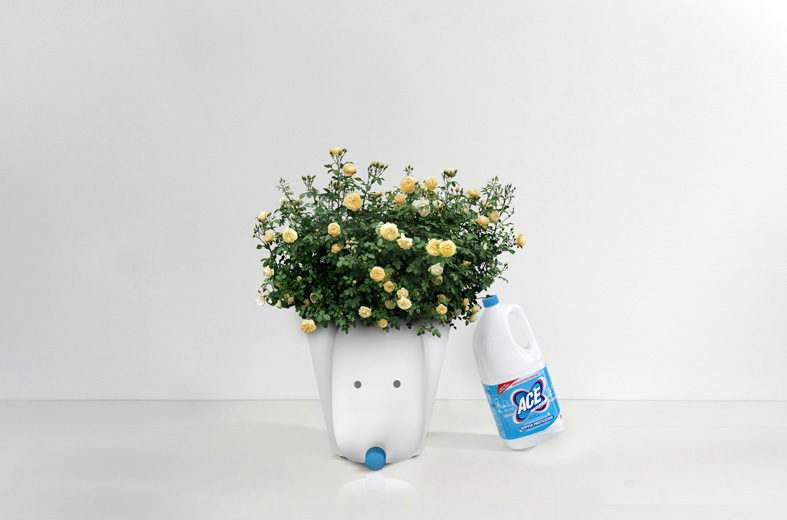
“Speaking of plastic, for example, we need to look at the problem from all different perspectives. Getting rid of plastic today is quite difficult, if not impossible; many everyday objects are made of plastic and, as such, do not replace so easily or so quickly. So it makes much more sense to work on post-consumer recycling.”
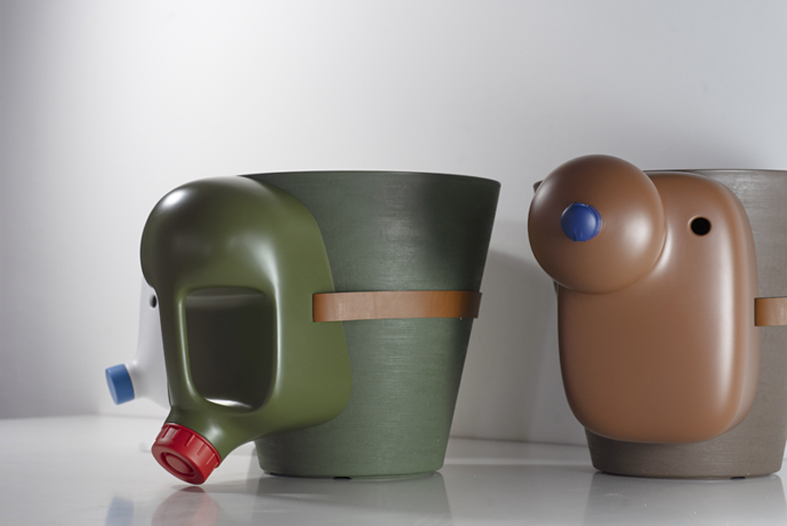
“It seems easy, but when it comes to post-consumer recycling, there are a thousand different sides to it. A feature of the post-consumer product, for example, is the color, which will obviously only offer a few shades, and perhaps a little ‘dirty‘, and this is not much appreciated by the general public. The To Re or no to Re project tries to draw attention to these very matters, and it’ s a project of both product and communication at the same time. The objects are made up of a vase and a “mask”, representing the container from which they come. It was important to communicate this project in the right way, to help overcome existing prejudices, generally, about recycled plastic.”
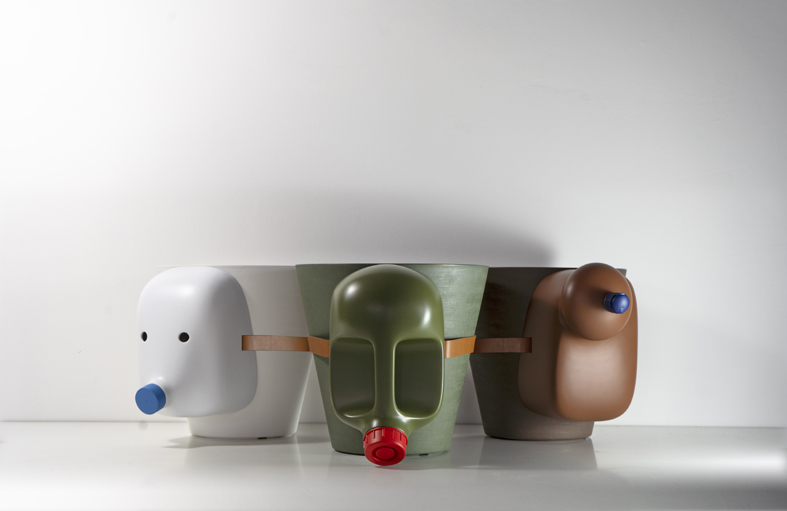
So the role of a designer goes beyond the product, and encompasses communication as well?
“In my opinion, product design is only a small part of a designer’s work. Design today should try to make sense of things, not be an end in itself. A designer should do a lot of research, ask himself questions about the point of what he designs. I see contemporary design very close to philosophy, a research that pushes designers to find ways to change the world. A designer is not disconnected from reality; the designer lives in this world, and his work must also serve to shape different scenarios, maybe better.”
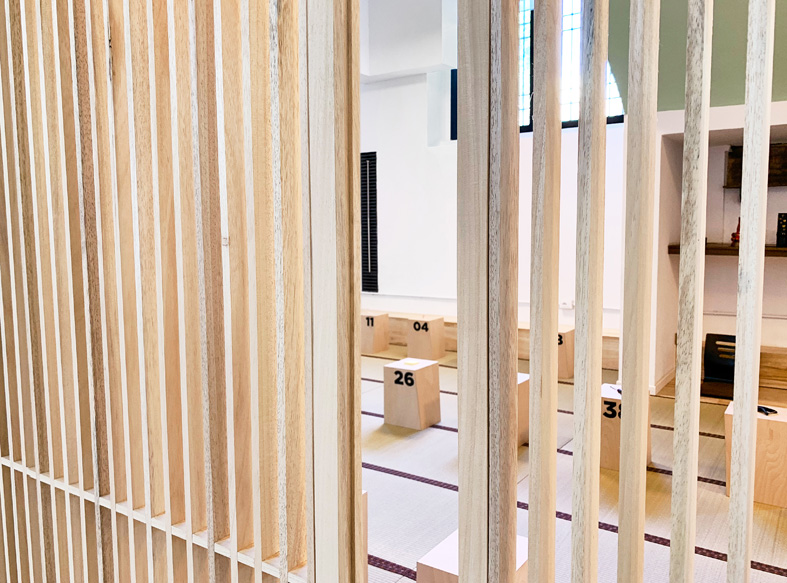
“If we think of products and production, for instance: which is the point of designing a product nowadays, without wondering what will happen to it at the end of its life, how it will be manufactured, but above all, how it will be disposed of? For this reason, we, as a practice, only work with companies embracing this philosophy and willing to embrace it, let’s call it sustainability, but it’s something even broader and more global. It’s about becoming aware of being connected to reality, and influencing its evolution with your work.”
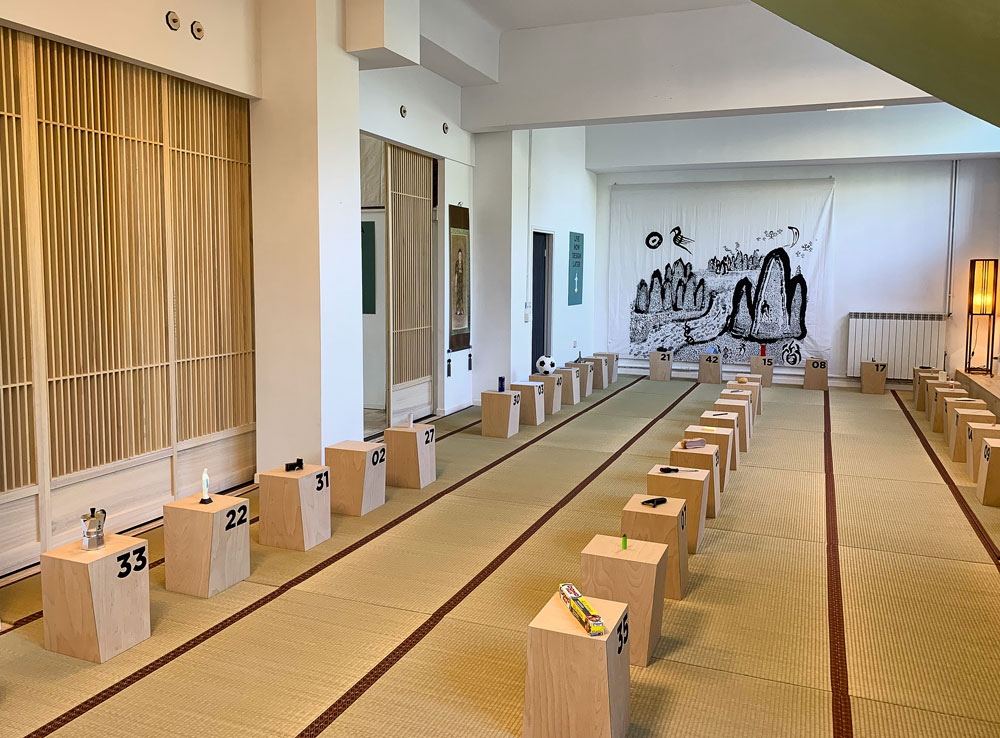
“Communication is another key feature of design. I worked for a long time with Oliviero Toscani, at Fabrica, and in 2011 I collaborated with the exhibition “funcool design”, curated by Oliviero Toscani, at the Triennale di Milano; for me Toscani has been a brilliant Master. From him I learned the immediacy and simplicity of language, with Colors I learned the importance of conveying a clear, direct message. And to me, communication is an essential part of design.”
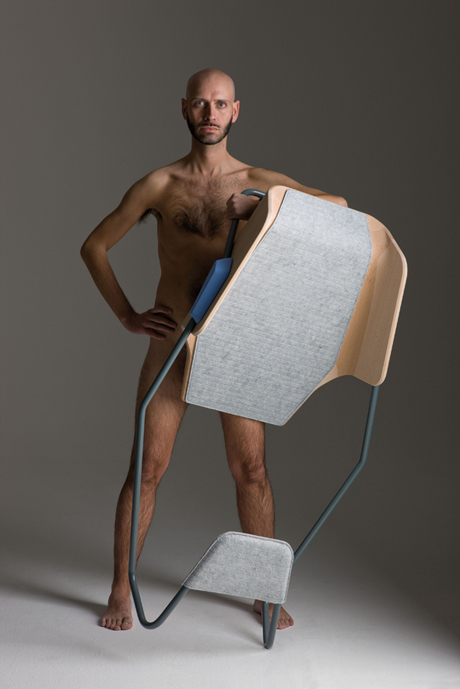
Andrea Maragno is a designer and professor in design as well. How do you communicate to students? And what are the students’ curiosities today?
“From my point of view as a teacher, I think that foreign students are more interested in the history of design than Italian students. Italian students are much more practical, they have absorbed the “learning by doing” methodology. What I try to convey to them, actually, is that before designing “something”, they have to ask themselves what they are doing. Today, new technologies have opened up a world of opportunities, but at the same time they reduce the capability to relate to the real world. When there was no Internet, it wasn’t all within reach; to do research, one had to go out, search and come across things one wasn’t actually looking for. The design method should be the same: when you design a chair, first you have to explore the best way to sit down. And then maybe you don’t even design the chair, because you don’t need an extra chair, there are already many. Maybe what you need is to find an alternative way to lean on when you eat.”
Why the motto “Live now, design later”?
“I was inspired by the famous statement “Live now, die later”, with the spirit of highlighting that design is a part of life, it is not disconnected from the things we do in everyday life. So it’s important to live, study, explore, meditate, think, and only after you get to design. The world – our world – does not need other objects, we already have too many. What we need is a rebirth, a new philosophy, one that uses design to redesign the world. This is what I think, this is what I try to convey to my students.
